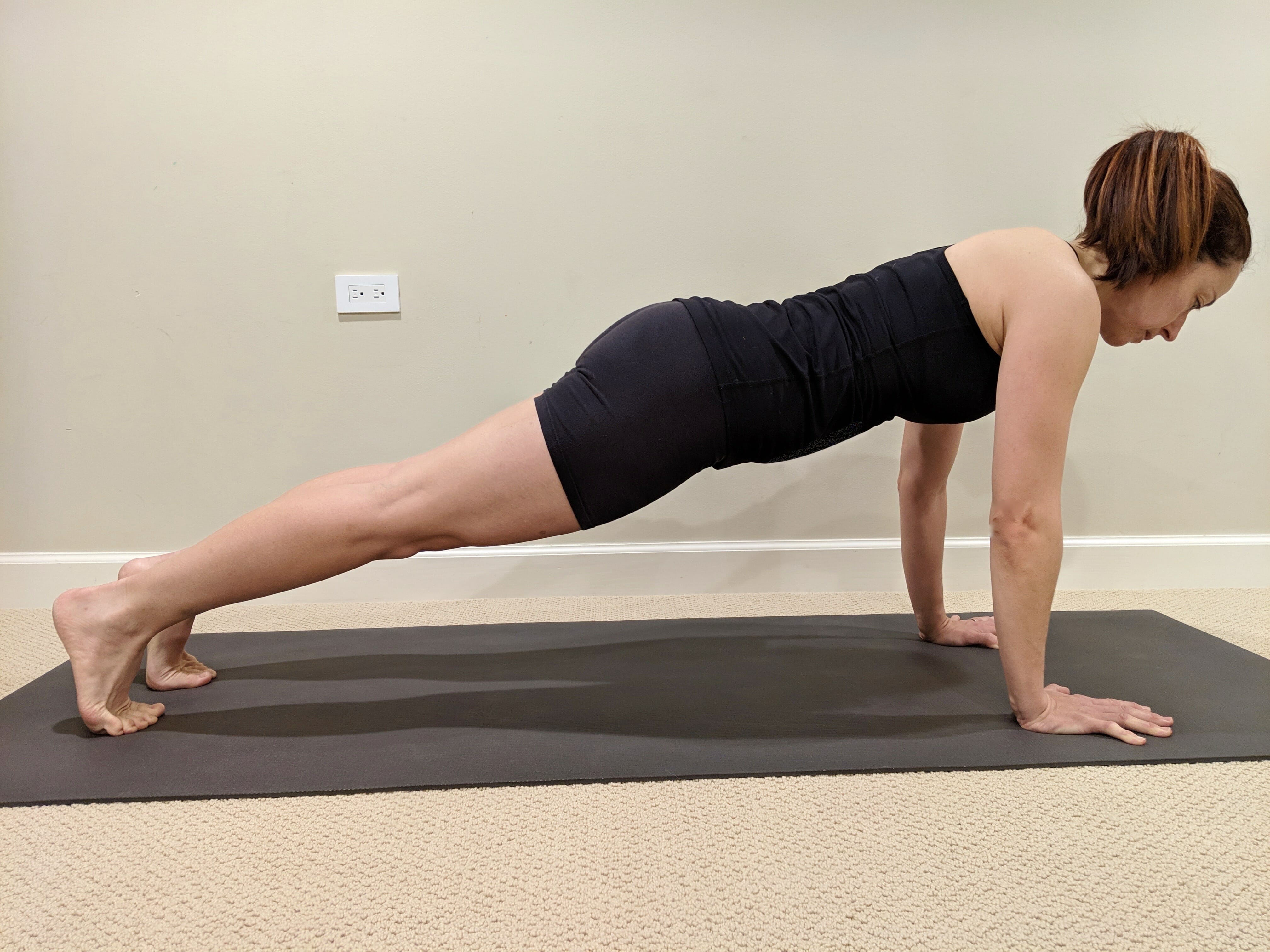Whether you are a cyclist, triathlete, runner or simply someone looking to get fit, you will benefit from stretches to keep your body in balance. Here is a quick stretch routine that hits the most important muscles.
“A tree that is unbending is easily broken” -Lao Tzu
I was a ballet dancer and instructor, and have been practicing yoga for over 12 years. I use my experience and knowledge in these disciplines to guide athletes through stretches that are beneficial to endurance sports.
In the video below, I combine the most important stretches for athletes of all levels. The routine is only about 15 minutes long and should be done after a workout, ride or run. Not before.
The key with stretches is to be patient and hold the stretch just enough to cause you to feel the sensations of it without pain. This part is important, because if you feel pain, you are likely going too deep and can end up injured.
Another important thing to keep in mind is to not stretch muscles that are sore. If you are sore from workouts, let the affected muscles rest and wait until the pain goes away before stretching them. Stretching sore muscles can cause further damage and delay recovery.
Muscle groups included in the stretch routine:
- Hamstrings
- Psoas
- Quadriceps
- Hips
- Knees
- IT band
- Shoulders
- Calves
If you are a cyclist, you would also benefit from shoulder openers and chest openers. That is because cyclists spend a long time hunching forward when riding, so it is good to counter that position with stretches.
These are not included in the video, but can easily be done by clasping your hands behind your back and opening the chest to stretch those muscles. If you are not flexible enough, you may stretch one side at a time using a wall.
Do this quick stretch routine 2-3 times a week. Check also my daily core routine video.

